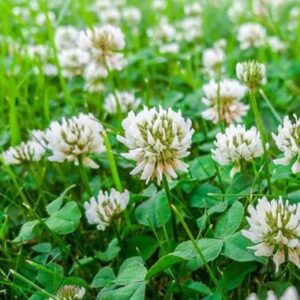Scientific Name: Viola spp.
Description:
This weed grows well in moist, fertile soils and can persist in full sun and shaded areas. Wild violet (Viola spp.) is an aggressive weed, spreading into non-infested areas via underground stems called rhizomes.
Life Cycle:
Wild violet is a member of the violet family (Violaceae) and has a perennial life cycle. Plants form thick, branching rhizomes that give rise to new plants and serve as food storage and overwintering structures. Leaves and stems emerge from growing points on rhizomes in early spring, and new plants continue to develop throughout the growing season. Flowers are produced during April and May and are eventually replaced by seed-containing fruit capsules. Seeds germinate under cool, moist conditions and give rise to new plants.
Identification:
Wild violet plants produce low growing rosettes of heart-shaped leaves with serrated margins. Leaves are hairless with glossy surfaces and can extend up to 3.5 inches in length. Flowers can be purple, violet, blue, or white, and are approximately 1/2 to 3/4 inch across. Flowers develop on stalks that arise from growing points at the base of plants. Each flower has five petals, with two of the petals producing white hairs at the base.
Cultural Control:
Wild violet is one of the most difficult weeds to control in lawns. Removal by hand is not effective unless rhizomes are excavated from the soil. Improving turf density through fertilization, regular mowing, and use of turfgrasses well-adapted to site conditions will help to slow the spread of this weed, but may not provide effective suppression once wild violet is established.
Herbicides containing triclopyr provide the best control of wild violet species; however, repeat application over the course of the growing season and over multiple years may be needed for effective control. Reasons for poor control of wild violet with postemergence herbicides include a thick, waxy cuticle that interferes herbicide uptake and its strong recuperative potential due to robust underground rhizomes. Preemergence herbicides do not provide suppression or control of wild violet.






